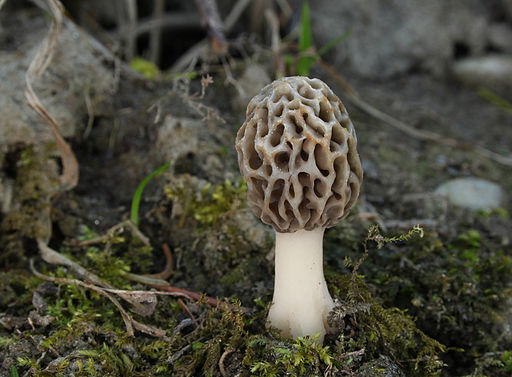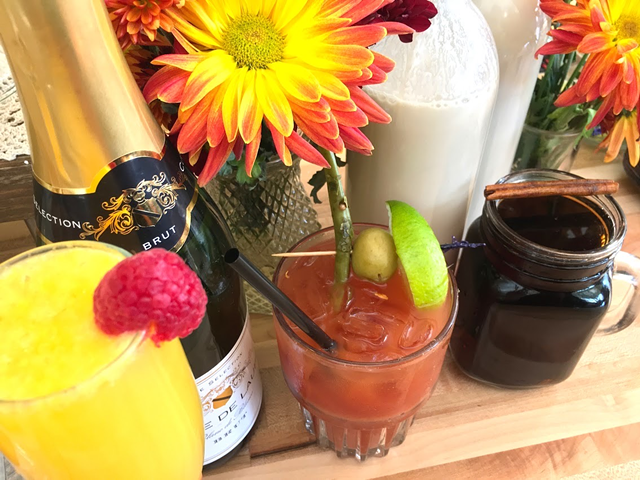The start of spring in Cincinnati symbolizes new beginnings. From high school proms and college graduations (from the "before time," of course) to the blossoming hope of transitioning from a bitter cold winter into a fresh and warm summer, Cincinnatians look forward to the changing of the seasons for a variety of reasons. For some, the start of spring symbolizes the start of morel mushroom hunting season.
Not familiar with morel mushrooms? That’s OK, many aren’t.
Morel mushrooms only grow under very specific conditions beginning in mid-April through the end of May. Though they can sometimes be purchased in high-end grocery stores and farmers’ markets, supply sells fast and it is uncommon to see this specific fungi on the shelves of your neighborhood grocery store alongside cremini and portobello mushrooms.
Occasionally, morels are featured in expensive restaurants and are served with classy wine and fancy dishes. But, the best way to acquire the highly sought-after morel is to go into the forest and hunt it down yourself.
True, mushroom hunting may seem like a lot of work just for the possibility of spotting a few morels, but that doesn’t stop people from trying. Those who are lucky enough to stumble upon the elusive mushrooms offer highest praise for the fungi's flavor and nutritional benefits. Even those who are typically averse to mushrooms can’t get enough of the morel’s “earthy, nutty, woodsy and toasted” flavor.
OK, so we’ve convinced you to hunt down and taste a morel for yourself, what next?
First, ensure that your hunting location allows such activity. Though some parks, like Cincinnati Parks, prohibit guests from leaving with vegetation of any kind in an attempt to prevent damage to the ecosystems, there are some places, like Ohio State Parks, in which mushroom hunting is encouraged if done respectfully.
Once you’ve secured your hunting grounds, make sure the area in which you're searching is conducive to the growth of morels. Since they are so rare and widely sought after, morel mushroom fanatics tend to keep their hunting spots a secret, but there are a few tells that indicate you’re in the right vicinity. Erin Shaw, a naturalist for Ohio State Parks, offers tips for new morel mushroom hunters:
Where to look: Any area that commonly has fallen trees, fires and floods, specifically near ash trees, elm trees, apple trees and tulip poplar trees.
What to look for: Morels grow in a variety of colors depending on the season. If you’re hunting at the beginning of the season, look for black morels (arguably the best tasting). As the hunting season progresses, the color will change from black to gray to yellow. At the end of the season, morels will increase in size to what is known as “bigfoots.” One bigfoot is equivalent to 10 little ones.
What to be aware of: Some fungi may appear to be a morel, when in fact it is poisonous to humans. Be careful not to consume false morels.
How to identify a true morel: If you cut it down the middle, true morels will be hollow inside and connected at the base. False morels have cottony fibers inside.
When is peak season: Morels grow based on what is in bloom. So, when red buds and violets are in bloom, this is typically the best time to hunt for morels. You can also check websites like thegreatmorel.com/morel-sightings for local morel sightings.
Hunting etiquette: To pick a morel, pinch it at the base and pull up from the ground, leaving part of the stem attached to the ground. When you find one morel, there’s usually more nearby.
How to prepare morels: After positively identifying a true morel, spray it off with water and cook it for about five minutes on each side. Morels can be prepared a variety of ways, from breading to using it as a pizza topping.
For more info about morels, visit thegreatmoral.com.
Happy hunting!






